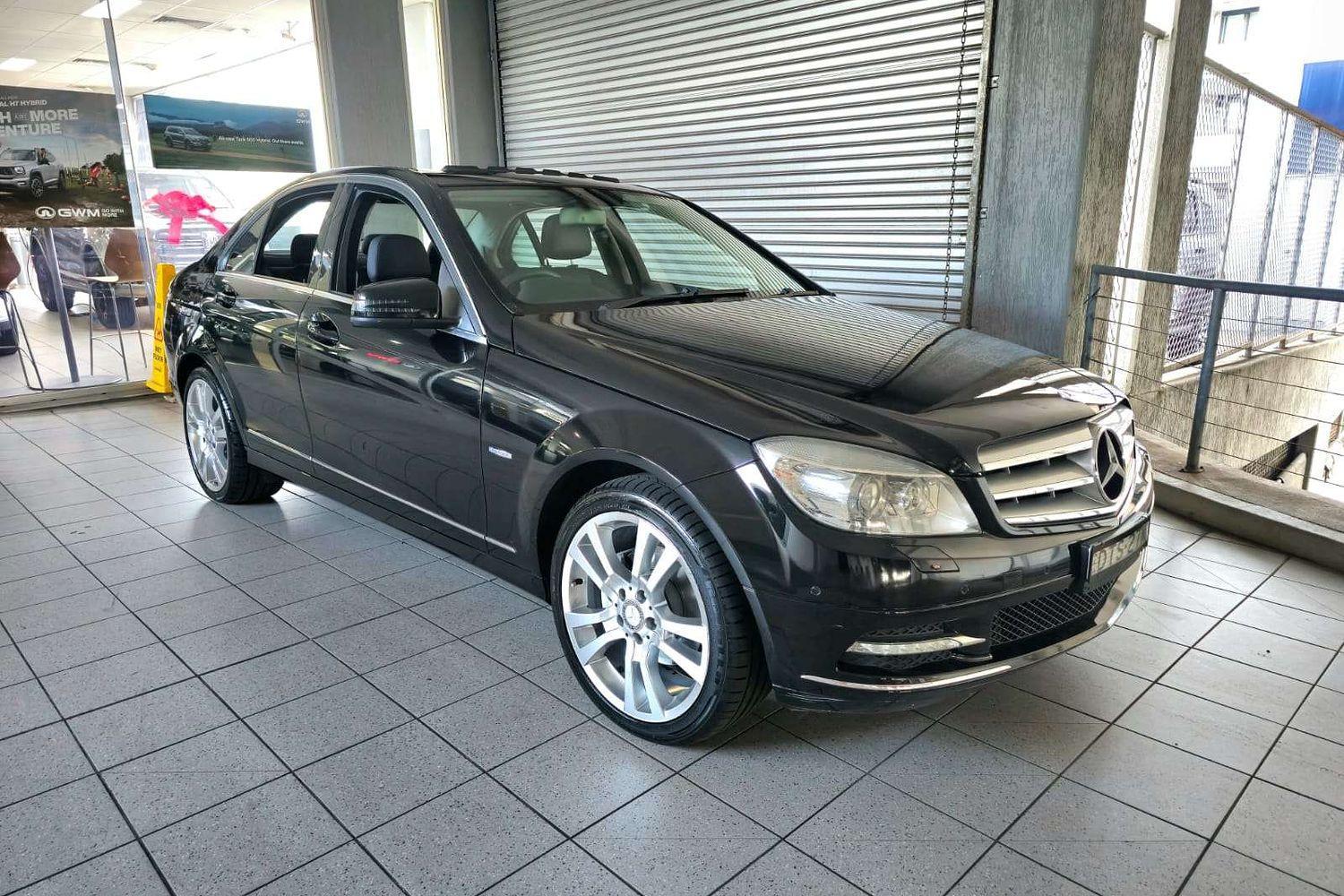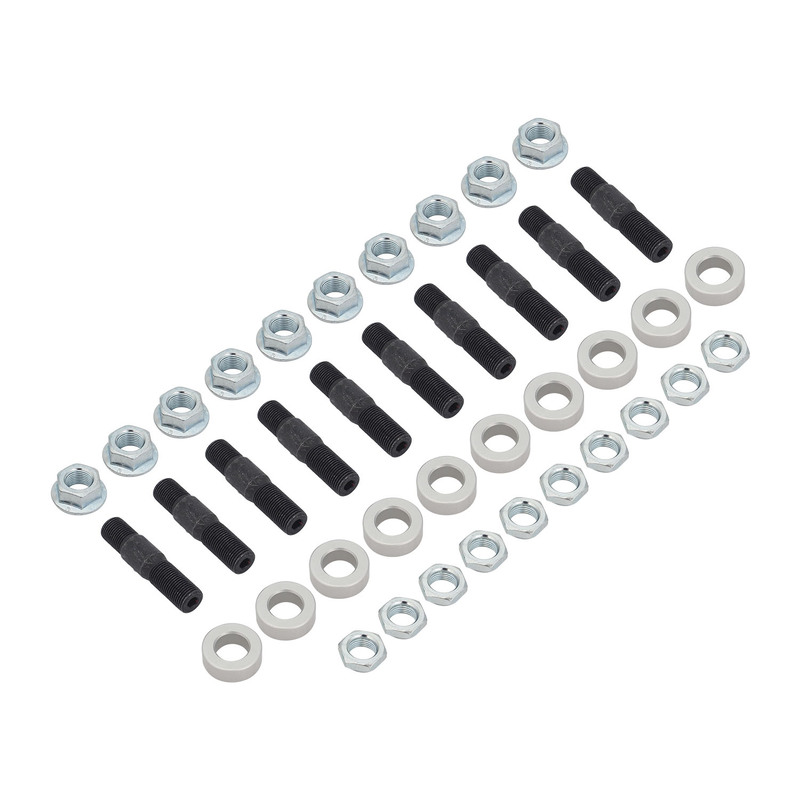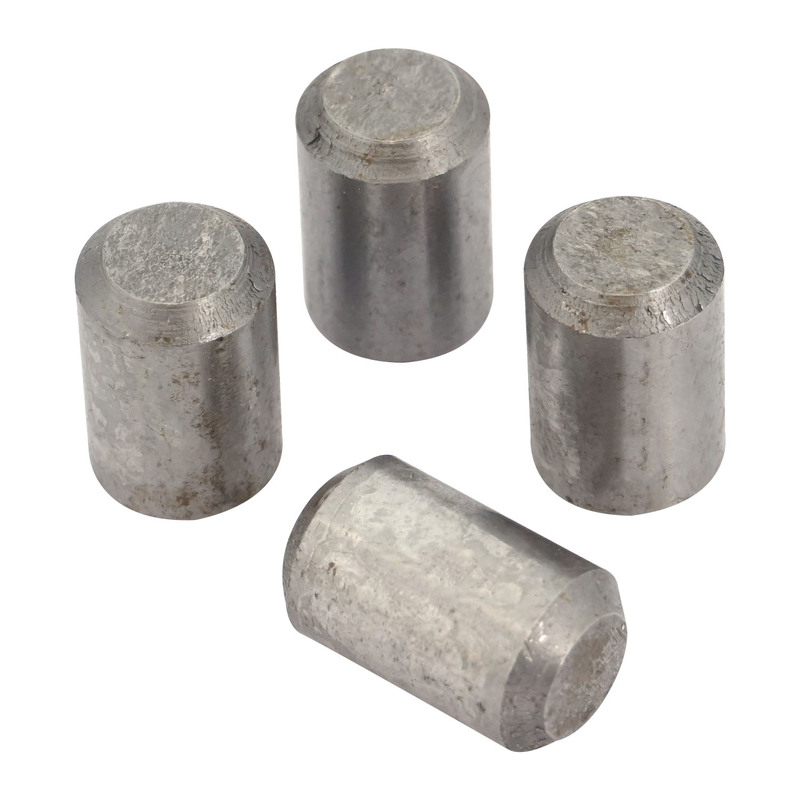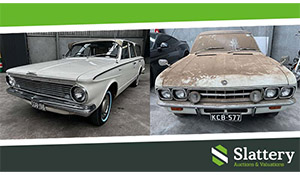Rolls-Royce creates ‘Sweptail’
Rolls-Royce chose the recent Concorso d’Eleganza at Villa d’Este on the shores of Lake Como, Italy, to unveil a special project that’s been four years in the making.
The Phantom-based ‘Sweptail’ was commissioned by a long-term Rolls-Royce customer, who wanted a modern car with elements of the classic coachbuilt cars of the 1920s and ’30s, as well as influences from luxury yachts.
The un-named customer, who has been described as a connoisseur and collector of distinctive one-off items, came to Rolls-Royce in 2013 requesting a coachbuilt special like those from the luxury carmaker’s past, but built on the latest Phantom platform.
Haute Couture
"Sweptail is the automotive equivalent of Haute Couture," says Giles Taylor, Director of Design at Rolls-Royce Motor Cars.
"It is a Rolls-Royce designed and hand-tailored to fit a specific customer. This customer came to the House of Rolls-Royce with an idea, shared in the creative process where we advised him on his cloth, and then we tailored that cloth to him. You might say we cut the cloth for the suit of clothes that he will be judged by."
The customer had his own ideas on the design and features, including two-seat configuration, fastback-style profile and a glass roof.
In terms of past inspiration, the design team listed four specific Rolls-Royce models: the well-known 1925 ‘Round Door’ Phantom I originally created by Belgian coachbuilders Jonckheere; a 1934 Phantom II Streamline Saloon by Park Ward; 1934 Phantom II Two Door Light Saloon bodied by Gurney Nutting; and a 1934 20/25 Limousine Coupe by Park Ward.
Luxury yachts were also cited as influences, with elements like the rounded lower body edges mimicking the hull of a yacht.
"Our job was to guide, edit and finely hone the lines that would ultimately give our client this most perfect of Rolls-Royces," Taylor said.
While the Sweptail will remain a one-off, Rolls-Royce has stated they would be open to similar commissions from selected customers in the future.
The cost of the Sweptail has not been revealed, but is certainly in the millions, with one unconfirmed report suggesting it cost as much as AU$14.5 million.
Boat-inspired Body
Leading the way in the Sweptail’s design is the feature that gives it its name. The two-seat layout allows for a tapered roofline behind the passenger area that both slopes down and comes to a point, with larger side windows, extended window surrounds and a broad C-pillar. Below the waistline there’s an upswept treatment to the tail that’s said to evoke the look of racing yachts.
At the rearmost point of the roofline, a chrome-trimmed ‘bullet tip’ brake light has been added, while the regular brakelights are enclosed in a satin-finish loop that evokes the cross section of a boat hull, continuing the nautical theme.
At the front, the Sweptail features a new take on the marque’s signature grille. While still recognisably Rolls-Royce, the grille is much chunkier and claims to be the largest grille ever fitted to a modern Rolls-Royce. The grille itself was milled from a single aluminium block and hand-polished.
Flanking this are conventional R-R Phantom headlights and driving lights, but these are recessed in a remodelled front end that continues the ‘hull’ theme of the rear. All the bodywork “wraps” under the car, rather than being slab-sided.
The client’s specific request for a glass roof was met with a piece that Rolls-Royce says is the largest and most complex to ever to be fitted to a car. The rearmost section opens, with polished aluminium edging leads down to the bespoke bullet-tip brakelight.
Beauty Inside
Despite being undeniably luxurious, the Sweptail interior was defined by a philosophy of “simplicity and minimalism” according to Rolls-Royce.
Switchgear has been pared back or relocated, while special timbers have been used throughout, specifically Macassar Ebony and Paldao. The different nature of each timber’s finish has been designed to provide a visual and tactile contrast. In a Rolls-Royce first, the dash-mounted clock features a Macassar Ebony veneer face and titanium hands.
In the same vein, light Moccasin leather on the seats is contrasted with Dark Spice hide in other areas of the cabin.
The rear sheets have been replaced with a large timber shelf with metal luggage rails and an illuminated glass lip. The hat shelf above this is similarly finished and bisected by a feature called a ‘passarelle’ that carries the Sweptail name.
Situated in the bodywork aft of each door are removable panniers that carry bespoke carbon fibre and leather attaché cases, trimmed to match the rest of the interior.
A bespoke luggage set and custom-made gauges are other features, with the finishing touch being a centre console champagne chiller that deploys at the touch of a button.



















